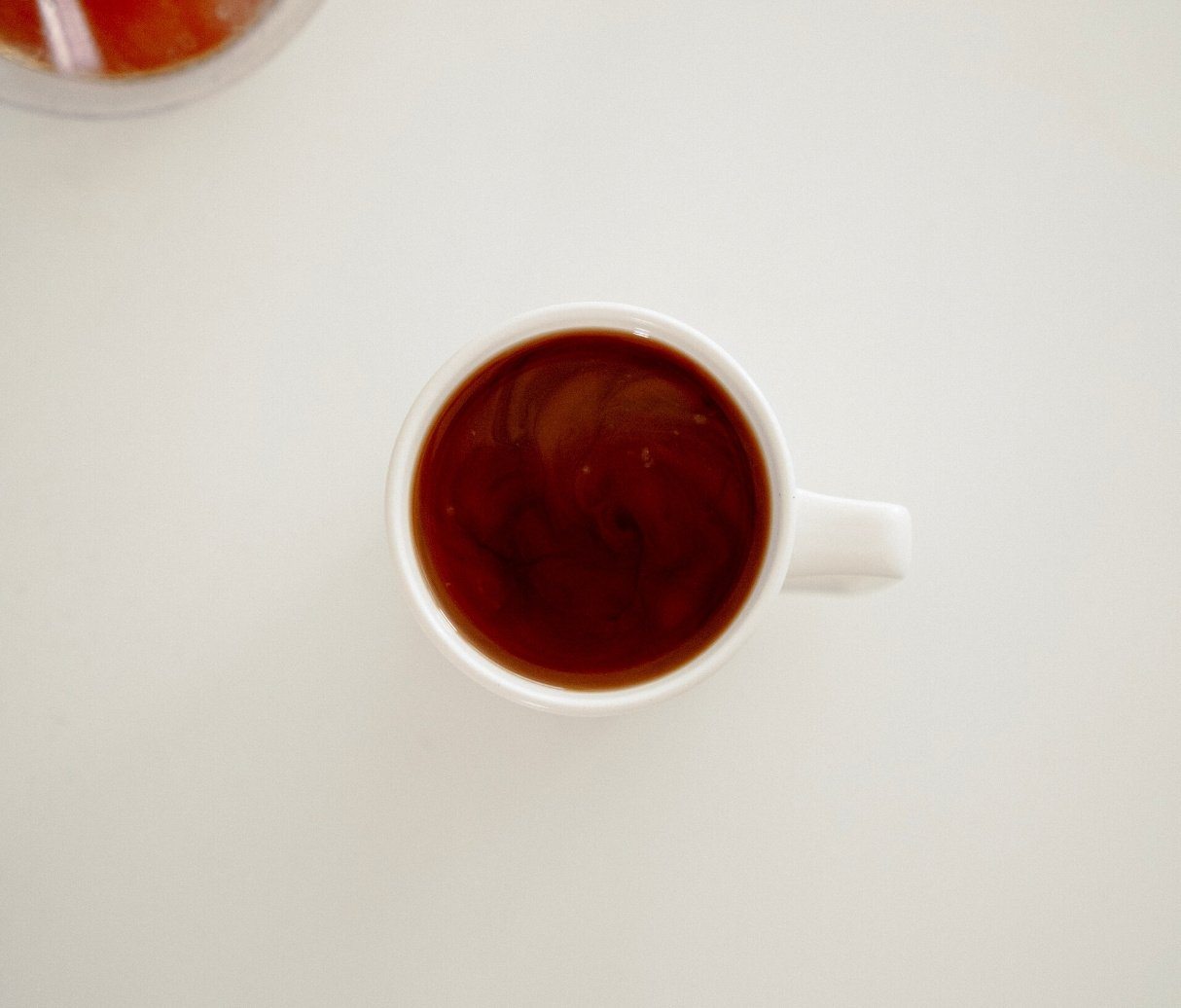

· By Courtney Mayszak, RDN, LDN
Why Your Period Blood is Brown, and What It Means
Brown period blood doesn’t necessarily mean something’s wrong, but it does mean something.
Periods are considered a fifth vital sign because they indicate if our bodies are working like they should. The color of your period blood, its timing and consistency, and whether or not it comes with painful cramps or PMS symptoms all help tell the story of your hormonal health.
- It’s normal for period blood to be brownish, especially in the beginning and end of your period. But it’s definitely worth paying attention to.
- The most common reason why period blood is brown is because your flow is slow or spotty.
- In most cases, brown period blood all by itself is not cause for concern. If your period is otherwise painful or difficult, it may indicate a non-ideal hormonal environment. We can help your period get back in balance.
Why is my period blood brown?
Brown period blood is oxidized, which means the chemistry of its proteins have changed after being exposed to the outside environment.
All blood, including period blood, turns brown when it oxidizes. Notice how new cuts are bright red but old scabs are brown?
Dark brown period blood is simply older blood—it’s been out of the body for a longer period of time. The longer blood is exposed to the outside environment, the darker it will be.
Brown menstrual blood may also be smellier than red blood. This is because blood is living tissue that will eventually decay after leaving the body. If the smell bothers you, you can prevent it by changing your pad or tampon or emptying your menstrual cup more often.

Can period blood be brownish and still be healthy?
Yes. If brown menstrual blood is the only change in your cycle you’re experiencing, and if you’re only experiencing it at the beginning and end of your bleeding days rather than your entire period, there’s nothing to be worried about.
It’s normal for your blood color to change throughout the days of your period, with more brownish hues during the first and last days when your flow is lighter and more spotty, and more reddish hues during the days in the middle when your flow is heavier and more steady.
The color of your blood may also change from month to month, though it’s worth paying closer attention if it does. If your blood is brown for your entire period and this is unusual for you, take note.
Your period is like a monthly report card. Any significant change in period color, timing, consistency, or symptoms may indicate a change in the hormones that made your period happen.
If your period changes one cycle but is back to whatever’s normal for you the next, there likely isn’t cause for concern. However, if you notice those changes sticking around from cycle to cycle, tell your doctor.
What does brown period blood mean?
The most likely reason why your period blood is brown is because your flow is light or slow.
Blood oxidizes within minutes when it leaves the body. Period blood may appear brownish, dark brown, even almost black on days when you have a slow, spotty, or trickle-y flow and aren’t losing a lot of blood.
Blood is collecting into your pad, tampon, or menstrual cup, and staying there long enough to oxidize and turn brown. It may be red when it comes out of your body, but since you’re probably changing your pad, tampon, or cup less often on light days, it turns brown by the time you see it.
Your flow is naturally slower on the first and final days of your period because the uterus isn’t able to shed its lining all at once. Rather than an immediate start and hard stop, it needs some time to transition, resulting in lighter flows and browner blood in the beginning and end of your period.
However, if your blood is brown for your entire period rather than just the first and final days, it may be a sign you’re not making enough progesterone—a hormone that, among many important functions, helps the uterine lining shed in a healthy way. This is usually only cause for concern if:
- You’re trying to get pregnant, as it’s harder to sustain a healthy pregnancy without enough progesterone.
- Your period comes with worse cramps or PMS symptoms, in addition to brown blood.
Brown menstrual blood that comes with worse cramps or PMS
Almost everything about your period is hormone-driven, from how long it lasts, to how it looks and feels.
Many period problems like painful cramps or PMS can be traced back to a non-ideal hormonal environment—in most cases, too little of the hormone progesterone in relation to estrogen.
This doesn’t mean progesterone is all “good” and estrogen all “bad”; it means the ratio between them is really important. Research suggests the more progesterone you make, the easier your period, and the fewer cramps and PMS symptoms come with it.
If you struggle with cramps:
Cramp Aid provides powerful, fast-acting relief from period pain, cramps, and discomfort.
Instead of drugs with potential side effects, it’s formulated with ingredients that are actually good for you and your cycle: science-backed nutrients and herbs clinically shown to reduce inflammation, uterine spasms, and period pain.
If you struggle with physical or emotional PMS symptoms:
The goal is to make as much progesterone as you can.
You only make progesterone following ovulation—the mid-cycle release of an egg from your ovary—and ovulation can be quite finicky. The better you’re able to support your body through ovulation, the more progesterone you can expect to make.
Steady Mood, our daily multi for multi-symptom PMS relief, provides nutrients and herbs that nourish your entire cycle, including your ovulatory phase. By supporting hormonal harmony all month long, you can enjoy fewer mood swings, bloating, fatigue, and other PMS issues.


